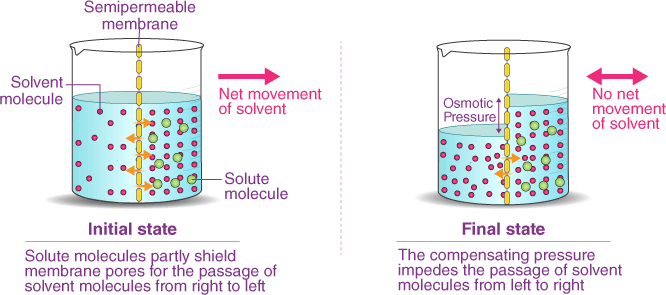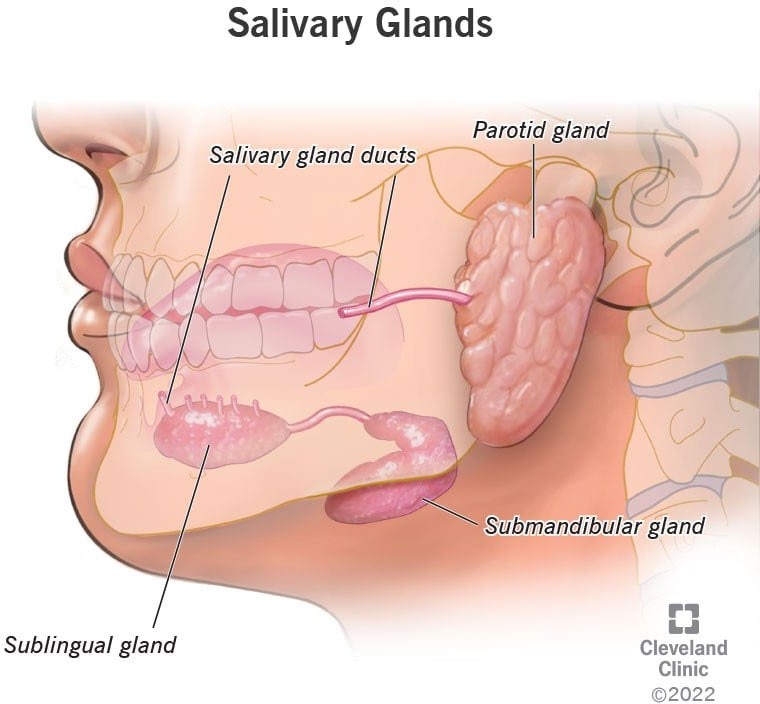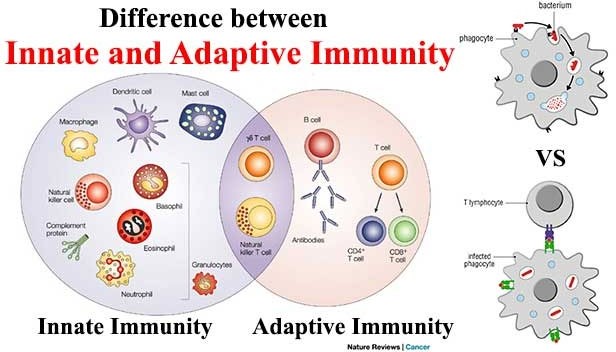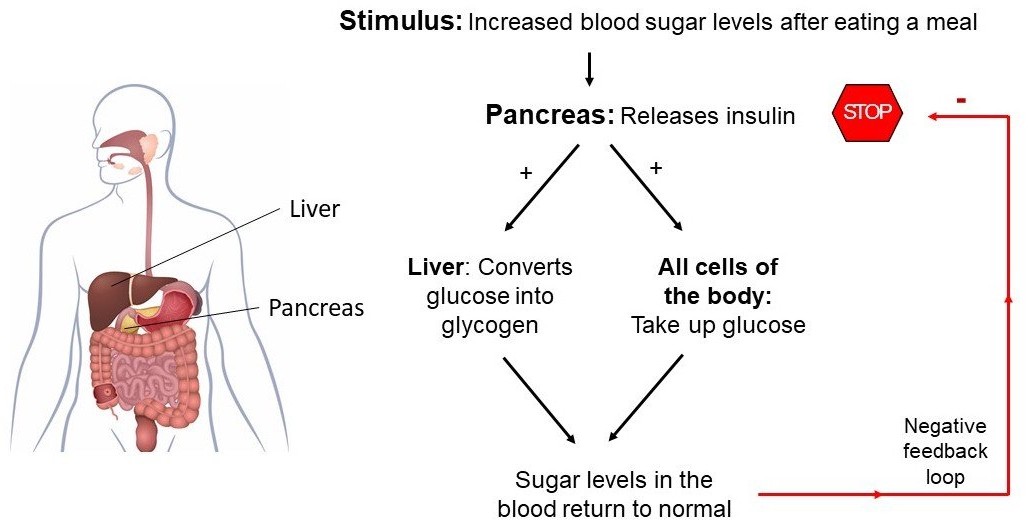Which of the following describes the process of osmosis?
A. Movement of substances from an area of high concentration to an area of low concentration.
B. Movement of substances against a concentration gradient with the help of transport proteins.
C. Movement of water molecules from an area of high concentration to an area of low concentration through a selectively permeable membrane.
D. Movement of substances into a cell by engulfing them with the plasma membrane.
Osmosis is the process by which water molecules move across a selectively permeable membrane from an area of high concentration to an area of low concentration, in order to equalize the concentration of solutes on both sides of the membrane. Selectively permeable membranes allow only certain molecules to pass through, while preventing the passage of others.
In osmosis, the movement of water molecules is driven by the concentration gradient of solutes, which cannot pass through the membrane. If one side of the membrane has a higher concentration of solutes than the other, water molecules will move from the side with the lower concentration of solutes to the side with the higher concentration of solutes, in an atempt to dilute the solutes and equalize the concentration on both sides.
Osmosis is important in many biological processes, including the uptake of water by plant roots, the regulation of water balance in animal cells, and the preservation of food by adding salt or sugar to create a hypertonic environment that inhibits bacterial growth.
 |
Therefore, the Correct Answer is C.





